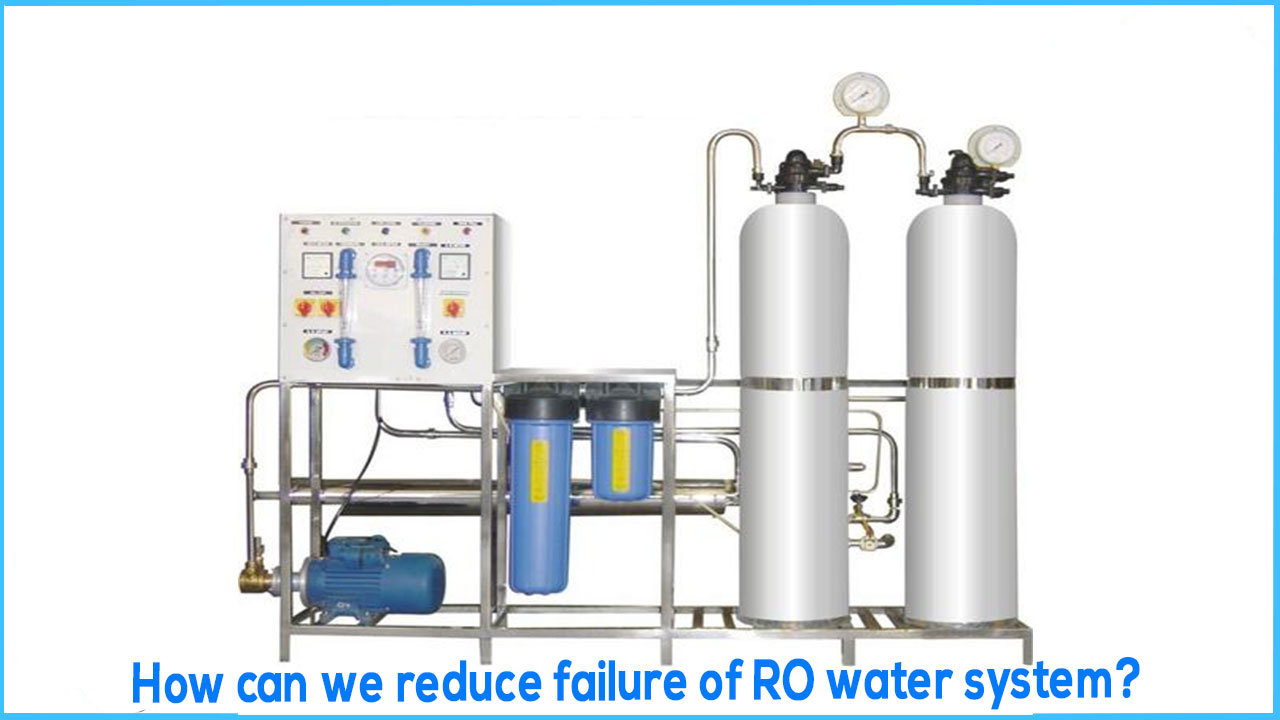Reverse osmosis (RO) is one of the most important ways to purify and drink water. This cleaning method has been practiced for many years. Originally for industrial use, it was adopted for commercial and residential use after confirming the effectiveness of the water purification system. RO systems have a wide range of applications, from clean drinking water to healthcare dialysis applications. RO is a membrane-based desalination technique used to separate dissolved solids from solution. This is the process of applying pressure greater than osmotic pressure to a compartment that once held a high concentration of solution. This pressure allows the water to pass through the membrane in the opposite direction of osmosis, helping to purify the water.
The RO system (reverse osmosis) is an ideal healthy way to achieve water purity suitable for drinking and cooking purposes compared to traditional tap water. Reverse osmosis filters remove unwanted contaminants from common tap water and wash away contaminants.
Reverse Osmosis System Classification:-
Small Capacity-Generally compact with a capacity of less than 100 litres (LPH) per hour and used for home use.
Medium Capacity-Generally in the capacity range of 500-1000 LPH, used in homes, apartments, offices, small factories, etc.
Large Capacity / Industrial Reverse Osmosis-Capacity over 1000LPH. It can be applied to filling systems and water treatments for the chemical industry.
5 Common RO problems and their solutions!
If used continuously for several years, the RO system will wear out and some errors will occur. Not only does the reverse osmosis system need to be serviced and cleaned on a regular basis, but the storage tank also needs to be cleaned because the water feels uncomfortable even after preventive maintenance of the reverse osmosis system. You also need to receive regular water purification services. All reverse osmosis systems have some common problems-you may have experienced them before or there may be flaws that you may have noticed so far. However, there are also solutions to fix these issues, as described below.
1. Noisy drain
This is one of the most common problems with reverse osmosis systems. This usually occurs when installing a new system or after replacing a filter cartridge, forcing air to drain. Don't worry, the noise will gradually subside in a week. You can also seek help from a company RO expert. Regular maintenance of the water purifier also helps extend the life of the reverse osmosis system.
Pro Tip: Another option is to straighten the pipe. If the noise issue persists, you can double-check your system gaps.
2. Water faucet leaks
Loosely installed system components can cause some leaks. Also, find out where the leak came from. Sometimes it comes from the bottom of the faucet. In this way, all threaded connections can be retightened and the hose pushed further into the valve, drain saddle, and connection. This will improve your joints.
3. Bad odour or bad taste of water
Standing water is the cause of bad odour. Also, poor water in the house is mainly due to filter wear and membrane wear. Simply replace the used parts and the water will be delicious again. Stored water should be replaced regularly to reduce air and air bubbles.
4. Continuously operating system
This occurs when the shutoff valve does not close properly or the check valve is defective. The system will continue to operate even if the membrane is not installed properly. To stop the continuous flow of water, it is necessary to measure the pressure inside the storage tank. Ideally, the pressure should be 3540psi. If the check valve is broken, just replace it.
5. Water flows slower than normal
This problem is also related to pressure, and in most cases the amount of water is low. You need to make sure that the water pressure in the RO tank is optimal. If not, use a pressure gauge and carefully increase the value to 6-8 psi. The bladder in the tank may not be able to hold the pressure and the entire tank will need to be replaced.




